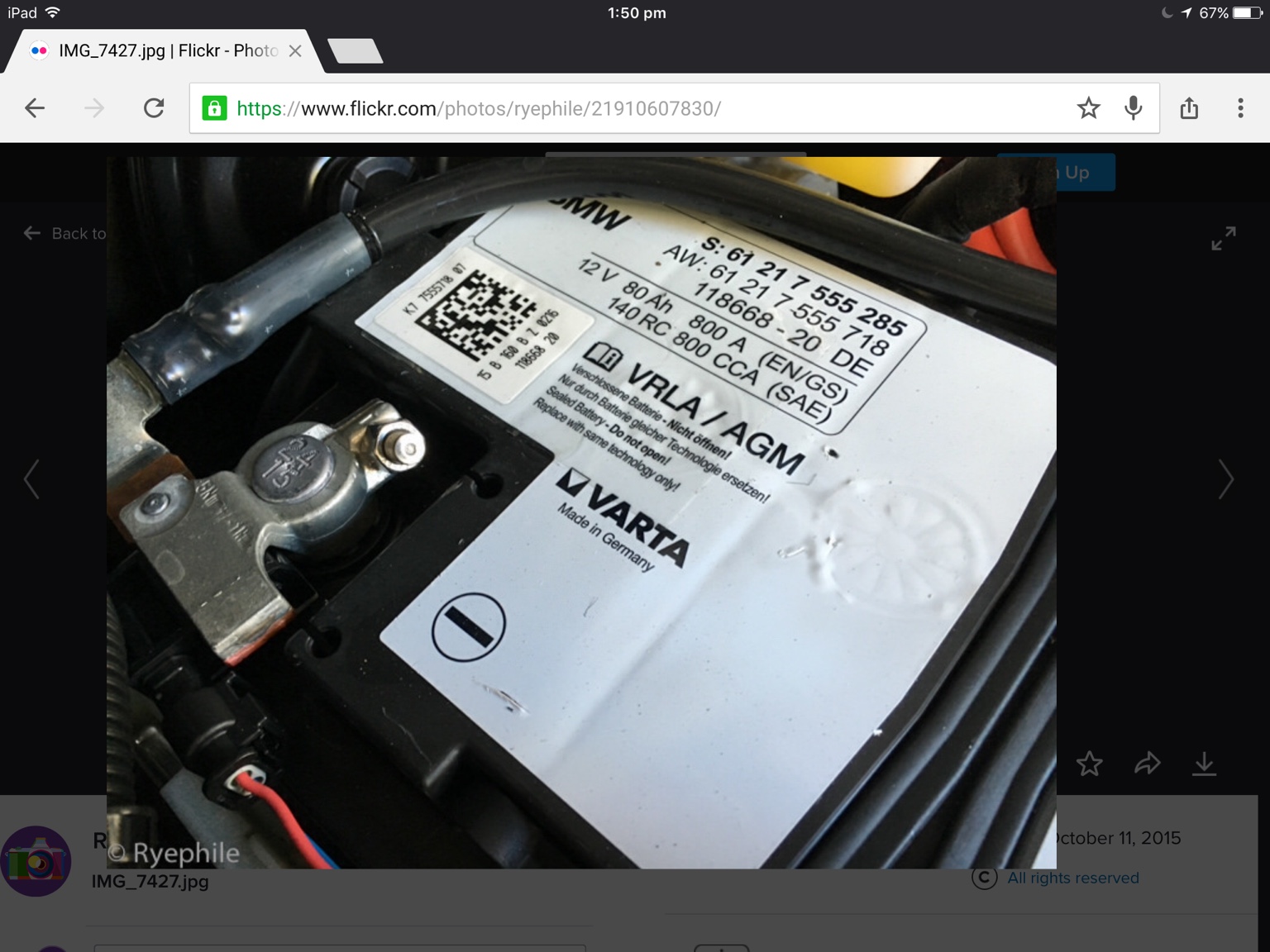The batteries or supercapacitors in the typical dashcam can be completely eliminated. The whole thing can be powered by the automotive ~14v power system.
non-switched 14v -> 25 minute timer relay module (FRM01 mode 10 or equivalent)-> 5v regulator -> dashcam usb power input
non-switched 14v -> 30 minute timer relay module (FRM01 mode 10 or equivalent)-> 3v regulator -> dashcam internal battery connection
So 30 minutes after ignition power is cut the cam goes into its shutdown routine and x minutes later it is shutdown while retaining the clock etc. on 3v power indefinitely. Of course timers could be adjusted to suit cam firmware and personal preferences.
non-switched 14v -> 25 minute timer relay module (FRM01 mode 10 or equivalent)-> 5v regulator -> dashcam usb power input
non-switched 14v -> 30 minute timer relay module (FRM01 mode 10 or equivalent)-> 3v regulator -> dashcam internal battery connection
So 30 minutes after ignition power is cut the cam goes into its shutdown routine and x minutes later it is shutdown while retaining the clock etc. on 3v power indefinitely. Of course timers could be adjusted to suit cam firmware and personal preferences.


